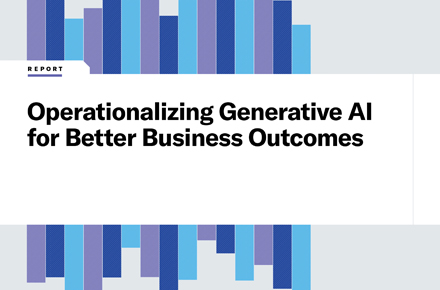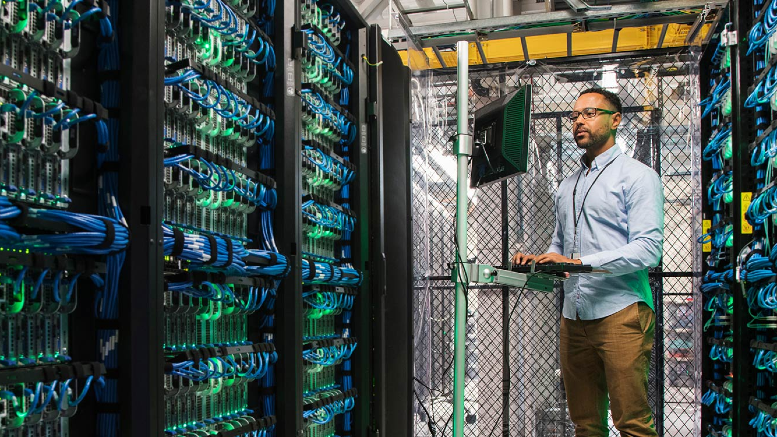How modern IT support prevents multi-million-dollar downtimes
November 22, 2024 / Patrycja Sobera | Vivek Swaminathan
Short on time? Read the key takeaways:
- Unplanned downtime costs have skyrocketed, yet incident frequency has decreased through smarter IT support.
- Modern IT support combines human technicians with AI, IoT sensors, and AR/VR collaboration tools.
- On-site technicians are now handling more complex tasks like IoT device maintenance and sensitive facility support.
- IT service providers must demonstrate clear ROI through reduced downtime hours and improved resolution times.
Imagine this – it’s Friday afternoon when your client’s embedded sensor goes off on a critical machine. Within a matter of minutes, manufacturing comes to a halt.
Since you received an immediate alert, a technician from the labor marketplace with the proper certifications and credentials is called in immediately. When the job is allocated to a technician, the client can track the request via a mobile application.
Meanwhile, an experience management office (XMO) runs diagnostics on the device, telling the technician exactly what is wrong with the sensor and what parts need to be fixed. Once on site, the technician realizes the problem is more complicated and decides to confer with their offsite subject matter expert (SME). The technician fires up the AR/VR app, enabling the SME to assist them remotely. The experience management office also detects voltage fluctuation and semi-depleted batteries, which require a fix, and alerts the on-site technician. Within a few hours, everything is resolved, and the machine is up and running.
This is the future of in-person support, where humans and machines work hand-in-hand to facilitate an ideal client experience. Meanwhile, technicians — whether on site or remote—have the information they need to solve problems at the moment.
The cost of downtime has increased dramatically
All managed service providers (MSPs) know how devastating an idle production line can be for their clients. According to a Siemens report, unplanned downtime costs are much higher today than five years ago, costing the world’s 500 largest companies 11% of their revenues, totaling $1.4 trillion.
In some sectors, downtime costs have soared and outpaced inflation — in the automotive industry, downtime costs are nearly twice as high as they were in 2019, and an hour of downtime costs $2.3 million an hour — or more than $600 a second. For a heavy industry plant, costs have risen to nearly four times what they were in 2019.
Interestingly, while these costs are staggering, we have seen the number of incidents decrease in recent years — manufacturing now has 25 downtime incidents a month per facility compared to 42 in 2019 — the reason is smarter IT support.
The role of AI and IoT
With AI dominating the headlines, it’s easy to think it’s the solution to all problems, including tech support. While AI is enhancing the efficiency and productivity of IT support — especially help desk support — it augments human capabilities rather than replaces workers.
AI combined with data from IoT devices can provide just-in-time information to help diagnose, troubleshoot and fix issues before they stop machines. More complex IT issues that require consultation from an offsite SME can be solved more efficiently thanks to technology like AR/VR, mobile computing, and the cloud. Over time, this shift allows IT professionals to focus on more strategic and complex tasks, ultimately improving the overall quality of support services.
This new IT support evolution can help businesses move from the old, expensive support models to more efficient, tech-powered solutions.
A shift in scope and skills
In-person support has existed since the dawn of IT. However, with higher costs, staffing issues and tighter company margins, companies are shifting away from relying solely on on-site support. The complexity of delivering timely service and managing multiple stakeholders across geographies also adds to this burden.
Despite the shift, on-site support will continue to exist, but it will change in scope and skills. Some MSPs are doubling down on in-person support in some areas, using technology to provide support and deliver a higher level of service to capture new business. For example, an organization with a large field force can build on its core strengths by using new services beyond PC break/fix and network rack-and-stack. With the proper support infrastructure — excellent knowledge management, just-in-time training, a global workforce and a robust service management team — an organization can explore many business opportunities. These include installing and maintaining IoT devices, kiosks, digital signage and other “smart” devices.
Additionally, in-person, on-site human support is often needed at challenging or sensitive sites. Whether tasked with setting up and maintaining EV charging stations, supporting medical devices, or managing oil rigs and government areas, human ingenuity cannot be replaced.
Know your stakeholders
Modern IT service delivery requires coordination across departments. Today, stakeholders extend beyond IT to include organizational business leaders. Management is looking at business outcomes — like the cost of unplanned downtime hours — and the overall experience of working with outsourced IT support.
The evolution of in-person support highlights the shifting landscape of IT service delivery. While traditional on-site support is changing, it remains crucial to managing complex environments where remote solutions are insufficient. AI, IoT and augmented reality serve as tools that empower technicians with real-time data and expertise to solve problems efficiently. By embracing new tools and enhancing in-person support capabilities, businesses can mitigate the rising costs of unplanned downtime and create new opportunities, strengthen stakeholder relationships and deliver superior client experiences.
Originally published on Digitalisation World and Network Computing.




















